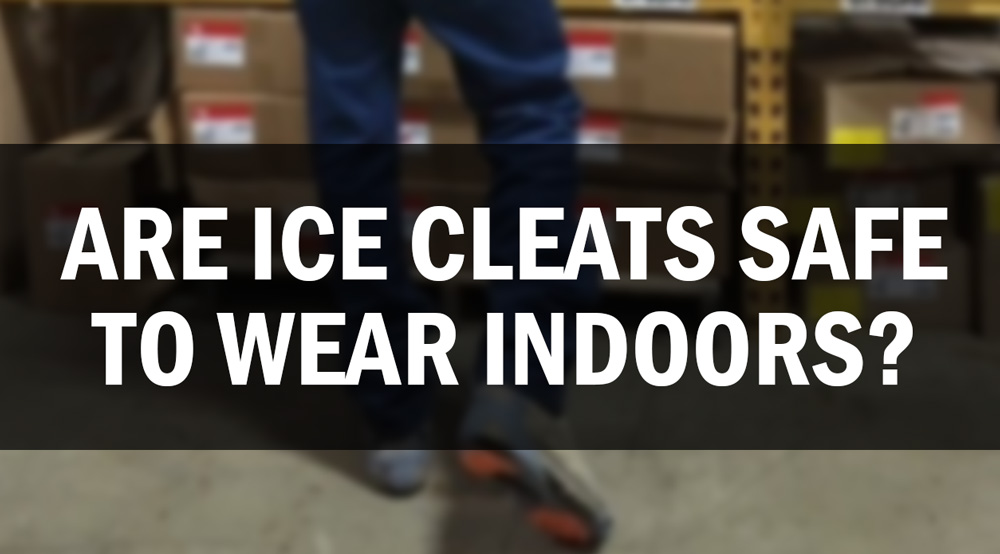Winter is just around the corner, and with it comes a whole host of hazards that can pose a threat to the safety of your employees. As a responsible employer, it is crucial to start planning now to ensure the well-being of your staff and maintain a strong safety record for your company. One important aspect to consider when preparing for winter is providing your employees with the necessary equipment to prevent slips and falls on ice and snow. Industrial ice cleats and other winter traction aids can be incredibly effective in reducing the risk of accidents. However, before making a purchase, i[…]
Continue Reading
Who doesn't love winter? With the snow falling gently from the sky, it transforms the world into a picturesque wonderland. It's a time when families come together, hot cocoa is sipped by the fireplace, and memories are made. However, not everyone shares the same sentiment when it comes to winter. For safety professionals, the arrival of winter brings with it a sense of apprehension and concern. As the temperature drops and the ground becomes covered in a blanket of snow and ice, slips and falls become a common occurrence. This is especially worrisome for safety professionals whose main priorit[…]
Continue Reading
Falls are the world’s leading cause of injuries, sending hundreds of thousands of people to the hospital each year alone. Of those cases, only a fraction happen at work, and an even smaller number involve ice/snow-related slip and falls. But if you’re an employer whose workers spend a lot of time outdoors, even one of these incidents is too many. Fortunately, keeping your workers safe during winter is easier than you might think. In this blog post, we’ll look at ways you can prevent slip and falls and other wintertime injuries. Eliminate The Act of Walking on Compromised Surfaces Think about a[…]
Continue Reading
Are ice cleats safe to wear indoors? In most cases, the answer would be no, traditional ice cleats are designed for a sole purpose: preventing slip and fall incidents on icy surfaces. Picture an airport in the middle of January, someplace like Chicago that experiences brutal winters. The employees who work outdoors need footwear that will keep them slipping when they walk, so they put on a pair of ice cleats, allowing them to walk safely over slick surfaces. Once they get inside, it’s a whole different story. Read on to learn why most ice cleats are not meant for indoor wear, and to find out m[…]
Continue Reading
The process of buying ice cleats is a lot like the search for any new product. Sometimes it’s smooth sailing, and other times you run into frustration and confusion, and end up spending a lot more time than you’d like to find the ice cleats you need. And it’s a situation where you need to take your time to make sure you’ve found the best and safest traction solution for your employees working outdoors in cold, slippery conditions. In this blog post, we’ll look at some of the questions you should ask yourself when shopping for ice cleats to take some of the stress out of the process and keep yo[…]
Continue Reading
A corporate safety director once shared with me the numerous challenges he encounters when trying to secure employee buy-ins, especially when it comes to working in harsh conditions like ice and snow. These challenges are not just about convincing employees to adopt safety measures but also about ensuring their consistent and correct usage. He has previously implemented our ice cleats with considerable success, noting a significant reduction in slip-related incidents. However, recognizing the ever-present risks, his company recently embarked on an ambitious new safety initiative: achieving ZER[…]
Continue Reading












